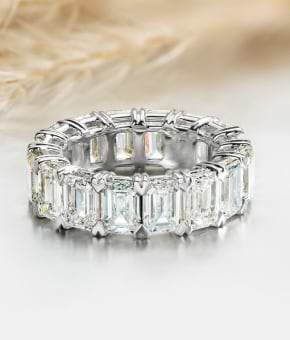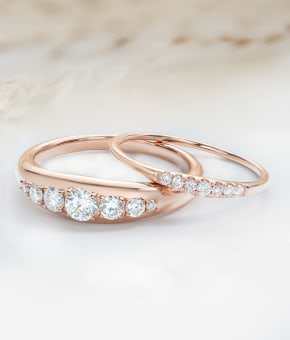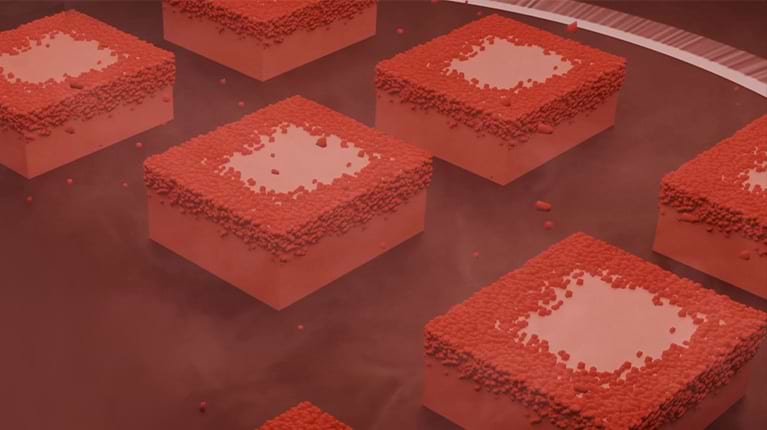

How are lab grown diamonds created?
Lab grown diamonds are identical to natural diamonds in every way, but they are created in a controlled environment using cutting-edge technology rather than deep below the earth's surface.
The two main procedures commonly used to create lab grown diamonds are High Pressure High Temperature (HPHT) and Chemical Vapor Deposition (CVD). Both methods simulate the earth's natural processes to create beautiful diamonds in a strictly managed laboratory setting.
High Pressure High Temperature Method (HPHT)
The high-pressure, high-temperature (HPHT) diamond production process was first developed for industrial use in the 1950s. While it is most commonly used for creating lab grown diamonds, mined diamonds can also be treated using the HPHT procedure to improve their clarity and color.
How are HPHT diamonds made?
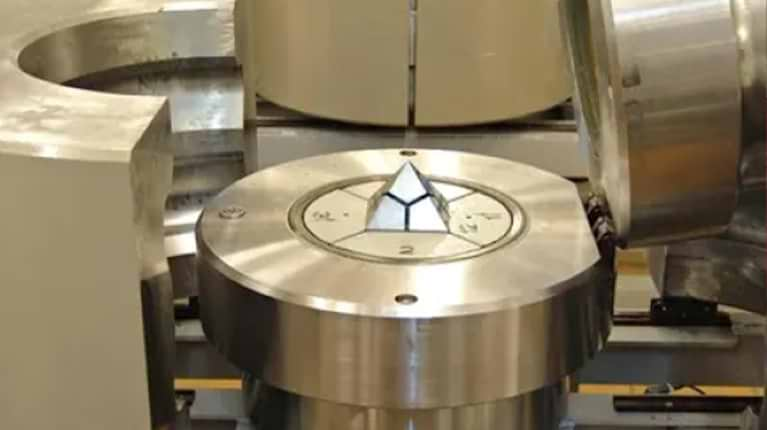
The HPHT method was created to closely resemble the temperature and pressures of the earth's interior, where natural diamond crystals develop over billions of years. In contrast to the roughly 1-3 billion years it takes for natural diamonds to form, the HPHT technique successfully allows a diamond to form in just a few weeks!
HPHT diamonds are produced using three fundamental manufacturing techniques: the split-sphere (BARS) press, the cubic press and the belt press. A small diamond seed enclosed in pure carbon is placed into a growth chamber subjected to a high-pressure and temperature environment for several days. Then, as the carbon melts, a diamond is formed around the seed until a full-sized gem develops.
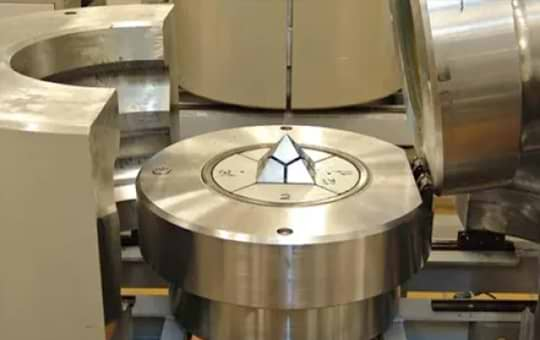
Chemical Vapor Deposition (CVD)
During the CVD process, a diamond is created from a hydrocarbon gas mixture, similar to how interstellar gas clouds produce diamonds. The procedure developed in the 1980s is widely seen as the less expensive way to make diamonds because it uses less energy than HPHT.
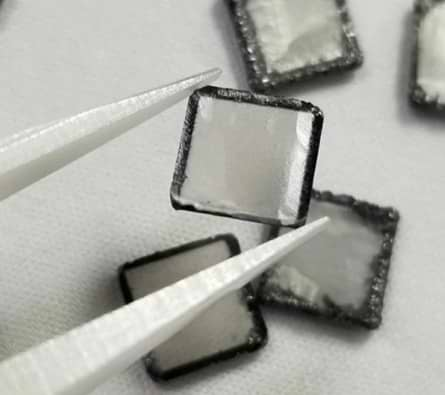
How are CVD Diamonds made?
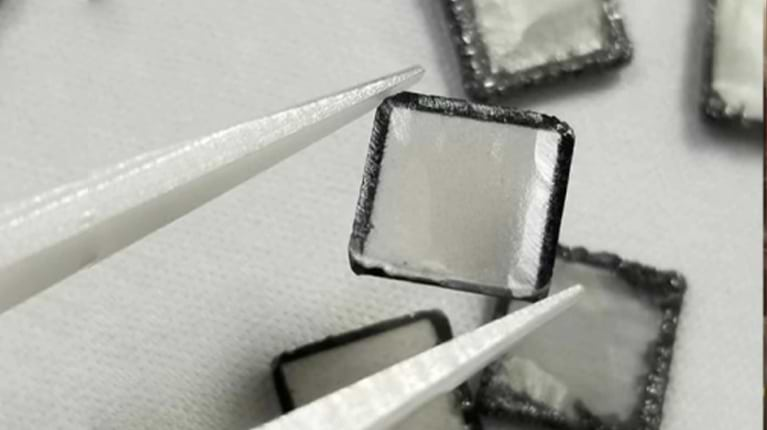
A small slice of diamond seed is heated to around 800°C in a sealed container before being filled with other carbon-rich gases, such as methane. Microwaves, lasers and other devices are then used to ionize the gasses and create plasma. The breakdown of the gasses by ionization allows the carbon to merge with the diamond seed and grow the diamond layer by layer.
Grown Brilliance lab diamonds are sourced from labs that use HPHT and CVD manufacturing techniques, depending on the size and carat weight of the diamond required.
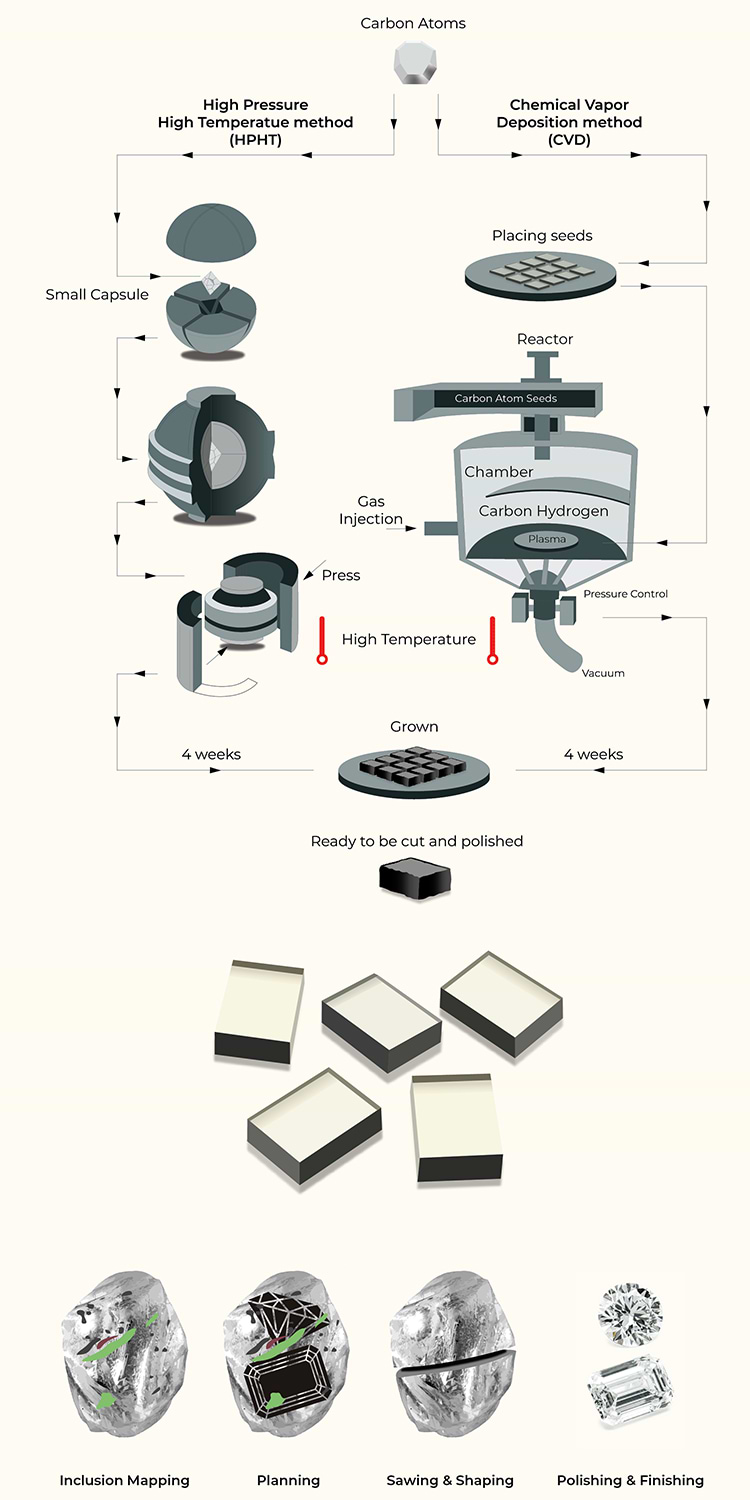
Companies create lab grown diamonds by replicating the natural conditions under which diamonds form in the earth. They use high-pressure and high-temperature (HPHT) or chemical vapor deposition (CVD) methods to crystallize carbon atoms into diamond structures, producing gems that are indistinguishable from mined diamonds to the naked eye.
Lab grown diamonds are not fake; they are real diamonds with the same chemical, optical and physical properties as mined diamonds. The primary difference is their origin: lab grown diamonds are created in controlled environments using technological processes, while mined diamonds have naturally formed on the earth over billions of years.
Lab grown diamonds pass traditional gemological tests for diamonds, such as tests for hardness, refractive index and thermal conductivity. These tests identify diamonds based on their unique properties, like the ability to scratch virtually any other material (hardness) and their capacity to conduct heat exceptionally well.
However, advanced spectroscopy and specialized equipment may enable gemologists to differentiate lab grown diamonds from natural diamonds. These tests can detect subtle variations in crystal growth patterns and impurities specific to lab grown diamonds.


